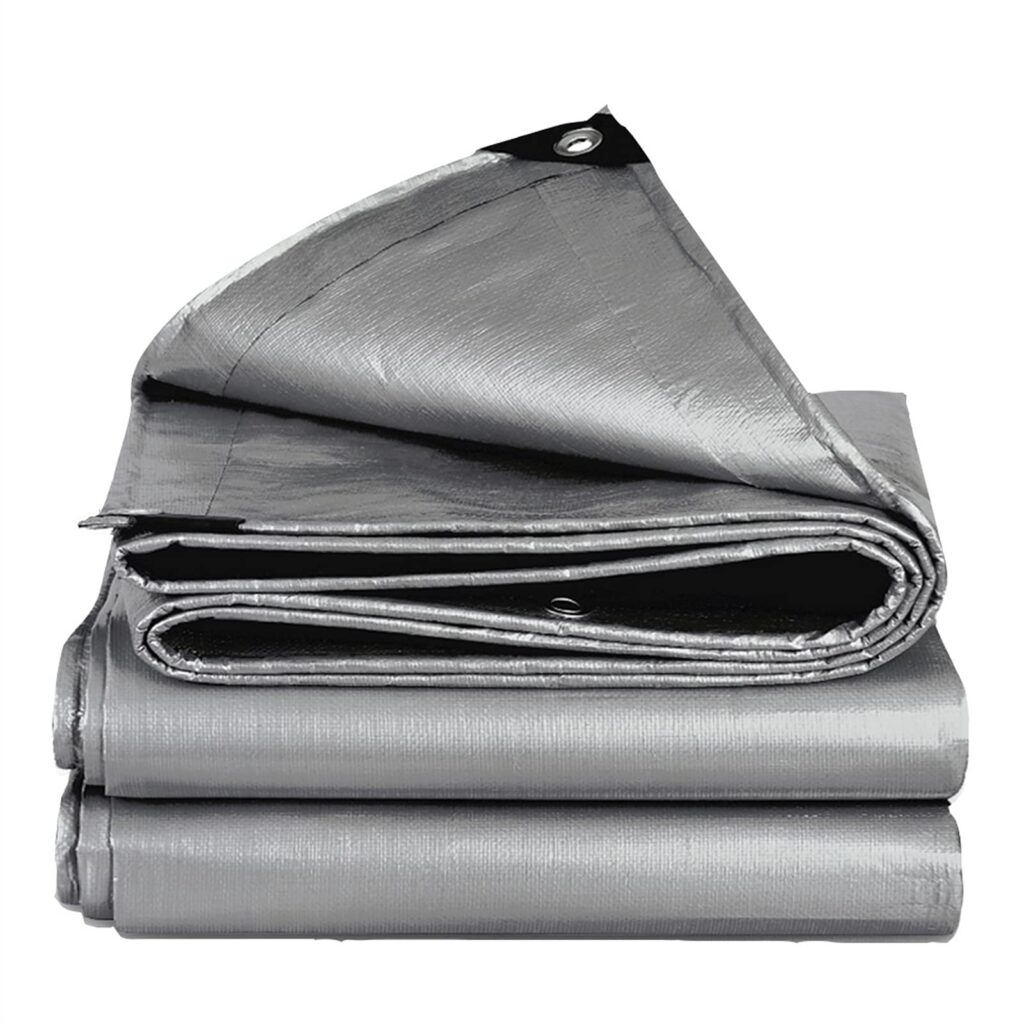
The global tarpaulin sheets market is projected to witness significant growth over the next decade, with market valuation increasing from USD 8.1 billion in 2023 to a robust USD 13.0 billion by 2033. This impressive growth reflects a CAGR of 4.7% over the forecast period, driven by rising demand across key sectors such as agriculture, construction, logistics, consumer goods, and automotive.
Overview of the Tarpaulin Sheets Market
Tarpaulin sheets are versatile, durable, and water-resistant materials used to protect goods and products from extreme weather conditions, such as wind, sunlight, and rain. They play a crucial role in various industries by ensuring the safe transportation and protection of products.
Key Market Trends and Highlights
- The top 5 companies in the tarpaulin sheet market are expected to hold around 20 to 25% of the market share in 2023.
- Polyethylene tarpaulin sheets are forecast to create an incremental opportunity of US$ 2.3 billion during the projection period.
- The agriculture and construction sectors are expected to be the primary drivers of market growth, owing to their need for protective solutions.
- Innovations in plastic materials and crate design, including RFID and tracking technologies, are enhancing the management and functionality of tarpaulin sheets.
- Customization capabilities are making tarpaulin sheets attractive to a wide range of industries, allowing them to meet specific product requirements and branding needs.
Multiple Industries Find Shelter Under Tarpaulins
- Agriculture: Tarpaulins shield crops and equipment from harsh weather conditions, safeguarding yields and investments.
- Building & Construction: These sheets protect partially built structures, prevent paint messes, and contain debris during construction projects.
- Logistics & Transportation: Tarpaulins ensure safe and secure transportation of goods by shielding them from rain, wind, and sunlight.
- Consumer Goods & Automotive: Protection from dust, moisture, and UV rays makes tarpaulins ideal for safeguarding a wide range of products.
Polyethylene Takes the Lead
Polyethylene, a key material for tarpaulin sheets, is expected to generate an additional US$ 2.3 billion in market value by 2033. Its attributes, such as:
- High Durability: Polyethylene offers excellent resistance to harsh weather and wear-and-tear.
- Cost-Effectiveness: It provides a balance between affordability and performance.
- Versatility: Available in various thicknesses and sizes to meet diverse needs.
Key Companies Profiled
KSA Polymer; K-Tarp Vina Co., Ltd.; Fulin Plastic Industry Co., Ltd.; Rhino United Kingdom; C&H Vina Co., Ltd.; Puyoung Industrial Corporation, Ltd; Bag Poly International Pvt. Ltd; Qingdao SG Global Packaging Co., Ltd; Telford Tarpaulins; Darling Downs Tarpaulins; Marson Industries Pty Ltd; J Clemishaw Ltd.; Del Tarpaulins Ltd.; Canadian Tarpaulin Manufacturers Ltd.; Cunningham Covers
Key Insights on the Tarpaulin Sheets Market
- Current Market Size: In 2023, the market is expected to reach a worth of US$ 8.1 billion.
- CAGR for Market Expansion: The tarpaulin sheets market is projected to develop at a CAGR of 4.7% through 2033.
- Market Size in 2033: By 2033, the tarpaulin sheets market is estimated to expand to US$ 13 billion.
- Historical CAGR: From 2018 to 2022, the global market rose at a CAGR of 4.1%.
- Demand for 300 to 600 GSM Tarpaulin Sheets: The demand for 300 to 600 GSM tarpaulin sheets is rising due to their strong nature, making them suitable for diverse applications across industries.
- Market Share in the United States: The United States market is set to acquire a 12.2% market share.
- Lucrative Market in the United Kingdom: The United Kingdom is emerging as the most lucrative market for tarpaulin sheets, expected to hold a 22% market share. This growth is driven by the easy availability of raw materials, a strong presence of leading players, and booming agriculture, logistics, and building industries.
These insights highlight the growth trends, market dynamics, and regional performance of the tarpaulin sheets market, providing a comprehensive overview of its current and future landscape.
Access Full Report: https://www.futuremarketinsights.com/reports/tarpaulin-sheets-market
Key Segments Covered In Tarpaulin Sheets Industry Research
Product Type:
- Insulated Tarps
- Hoarding Tarps
- Truck Tarps
- UV Protected Tarps
- Sports Tarps
- Mesh Tarps
- Others
Material:
- Polyethylene (PE)
- Poly Vinyl Chloride (PVC)
- Poly Ethylene Terephthalate (PET)
- Polyamide (PA)
- Canvas
Product Weight:
- Less than 100 GSM
- Between 100-300 GSM
- Between 300-600 GSM
- Above 600 GSM
Lamination Type:
- Up to 2 Layers
- 3 Layers Laminate
- 4 Layers Laminate
- Above 4 Layers
End Use:
- Agriculture
- Building & Construction
- Automobiles
- Storage, Warehousing & Logistics
- Consumer Goods
- Others




